
Bird Watching in the Himalayas: A Paradise for Avian Enthusiasts
The majestic Himalayas, spanning across India, Nepal, Bhutan, and Tibet, offer breathtaking landscapes and a haven for bird watchers. With their dense forests, alpine meadows, and serene river valleys, these mountains provide a rich habitat for a diverse range of bird species. Whether you are a beginner or an expert ornithologist, bird watching in the Himalayas promises a memorable experience.
Why the Himalayas Are Ideal for Bird Watching
The Himalayan region features varying altitudinal zones, from tropical foothills to alpine tundra. This diverse environment supports both resident and migratory bird species. The Himalayas also serve as an essential refuge for several rare and endangered birds, making bird watching here not only a visual delight but also an opportunity to contribute to conservation efforts.
Top Birds to Spot in the Himalayan Region
Here are some of the most fascinating birds you can encounter in the Himalayas:
1. Himalayan Monal (Lophophorus impejanus)
The national bird of Nepal, the Himalayan Monal, dazzles with its iridescent plumage of blue, green, and red. Found in high-altitude forests, it is best spotted early in the morning.
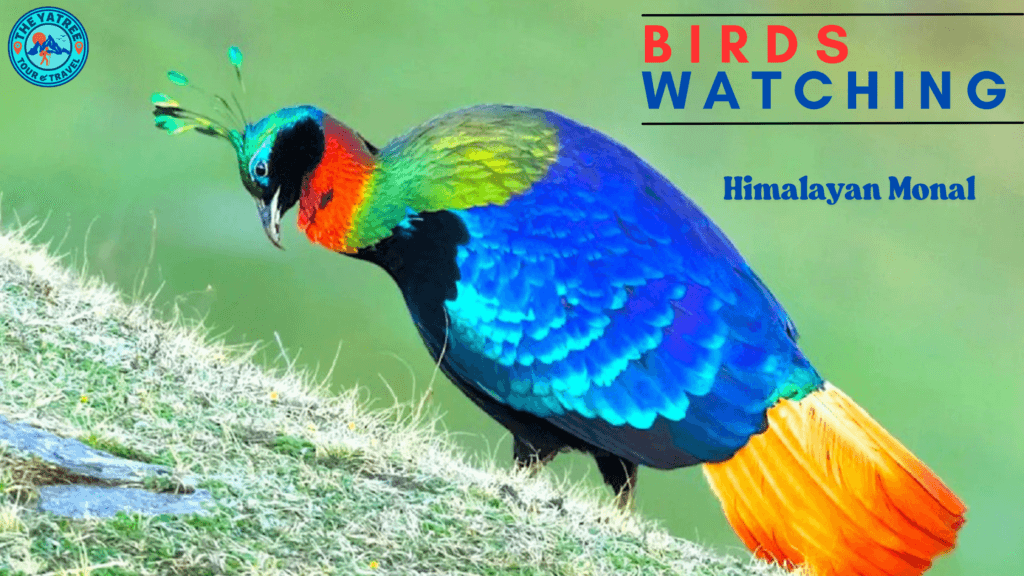
2. Satyr Tragopan (Tragopan satyra)
Recognized for its brilliant red and orange feathers, this vibrant pheasant is native to Bhutan, Nepal, and Arunachal Pradesh. Males put on elaborate displays during courtship, making them a favorite among bird watchers.

3. Himalayan Griffon (Gyps himalayensis)
Among the largest vultures in the world, the Himalayan Griffon has a wingspan exceeding three meters. It plays a crucial ecological role and is often seen soaring over Ladakh and Himachal Pradesh.
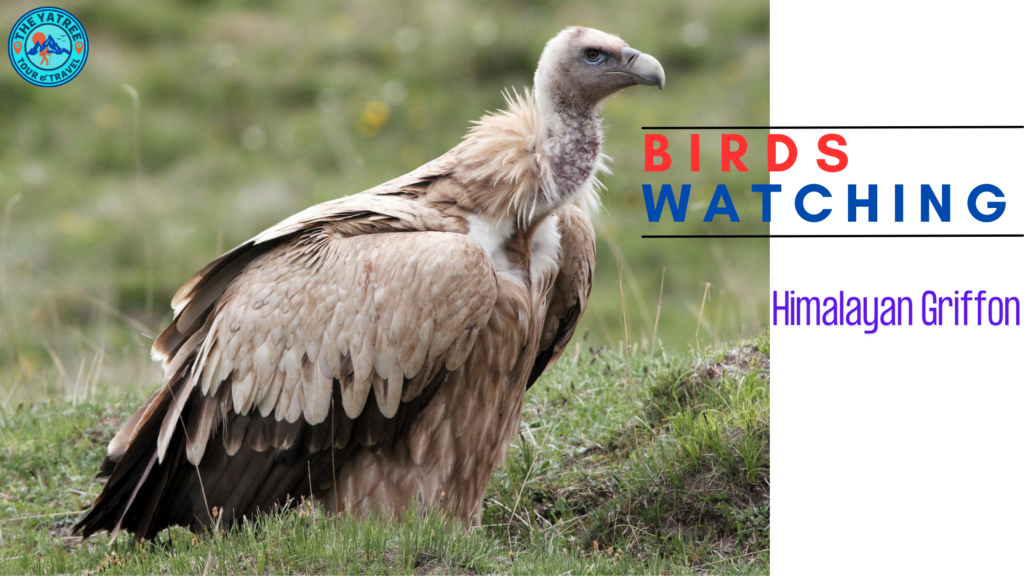
4. Snow Partridge (Lerwa lerwa)
Blending seamlessly into the rocky slopes and alpine meadows, the Snow Partridge thrives in the harsh Himalayan terrain. It is often seen in small groups.
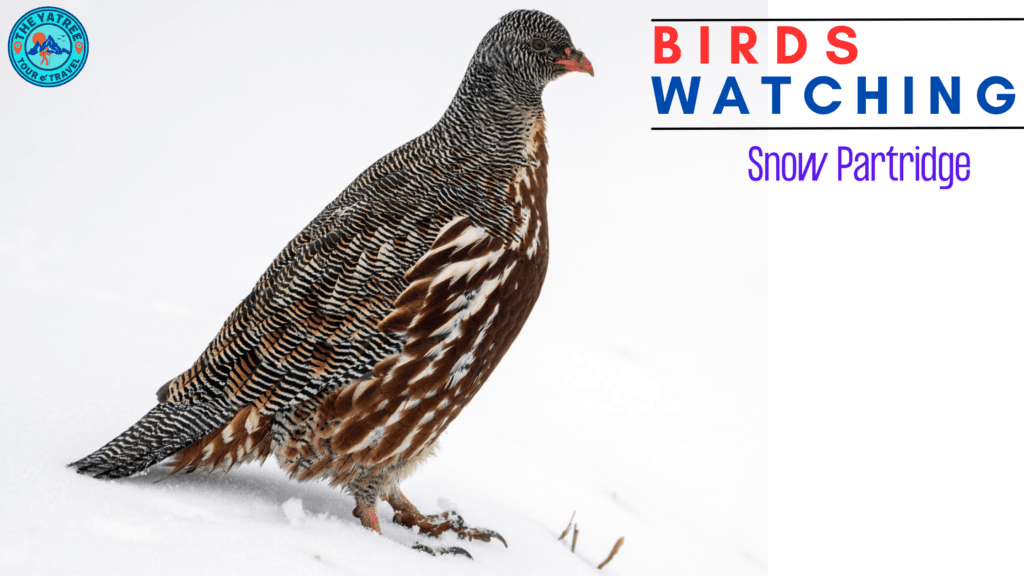
5. Fire-tailed Sunbird (Aethopyga ignicauda)
Distinguished by its bright red tail and golden-green body, this sunbird thrives in high-altitude rhododendron forests, feeding on nectar.

6. Rufous-bellied Woodpecker (Dendrocopos hyperythrus)
This woodpecker, known for its rufous underparts and black-and-white patterned back, is commonly found in mixed Himalayan forests, where its rhythmic drumming echoes through the trees.

7. White-throated Kingfisher (Halcyon smyrnensis)
With a bright blue body and a chocolate-brown head, this kingfisher is commonly seen near rivers and lakes, hunting fish, amphibians, and insects.

8. Yellow-billed Blue Magpie (Urocissa flavirostris)
A striking bird with a long tail and a bright yellow beak, the Yellow-billed Blue Magpie is often seen in small flocks, calling loudly as they navigate the trees.

9. Brown Dipper (Cinclus pallasii)
This aquatic songbird thrives along fast-flowing Himalayan streams, diving underwater to hunt for aquatic insects.

10. Himalayan Buzzard (Buteo refectus)
A close relative of the Common Buzzard, this raptor soars gracefully over mountain landscapes, preying on small mammals and birds.

11. Black-necked Crane (Grus nigricollis)
A sacred bird in Tibetan culture, the Black-necked Crane breeds in the high-altitude wetlands of Ladakh and Bhutan. Conservation efforts are in place to protect this rare species.

12. Spotted Forktail (Enicurus maculatus)
With black-and-white plumage and a long tail, the Spotted Forktail thrives near mountain streams, known for its playful movements and sharp calls.
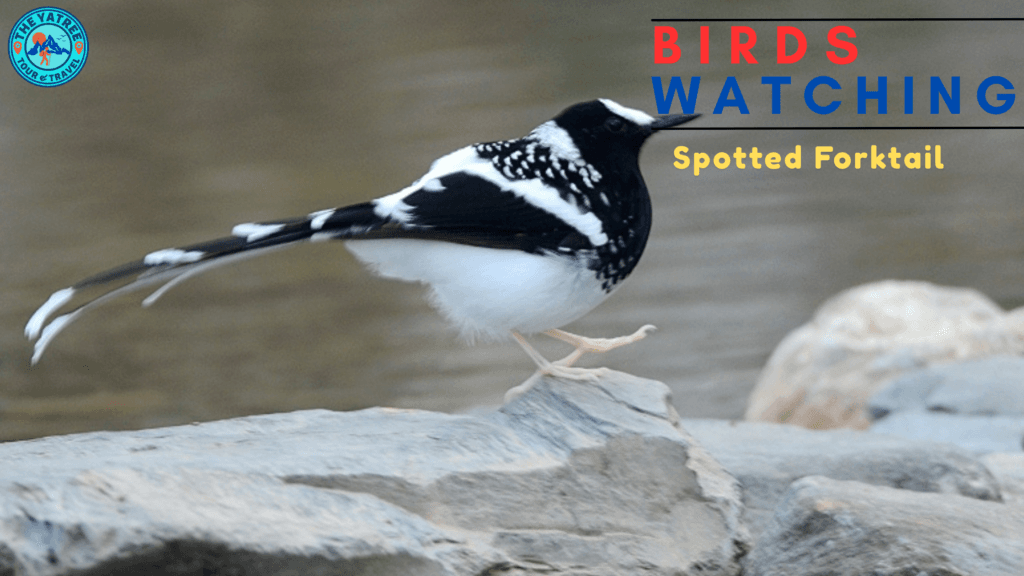
13. Scarlet Minivet (Pericrocotus speciosus)
Males display vibrant red and black plumage, while females have yellow and olive hues, adding color to mid-altitude Himalayan forests.

14. Bar-headed Goose (Anser indicus)
One of the highest-flying birds in the world, the Bar-headed Goose migrates over the Himalayas, stopping at high-altitude lakes.
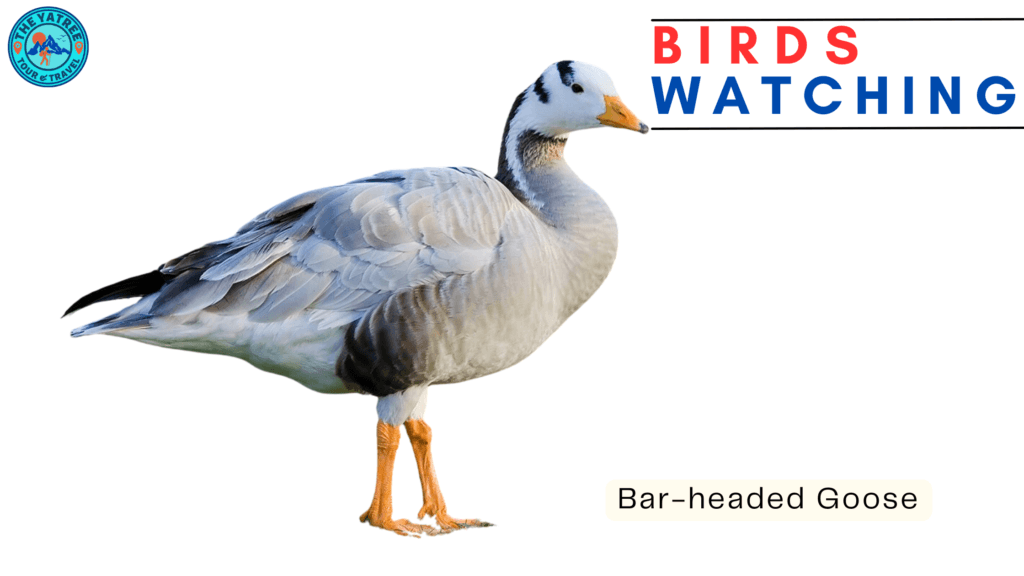
15. Kalij Pheasant (Lophura leucomelanos)
A captivating forest-dweller, the Kalij Pheasant is commonly seen foraging on the forest floor. Males have glossy black plumage with white streaks, while females are more camouflaged.
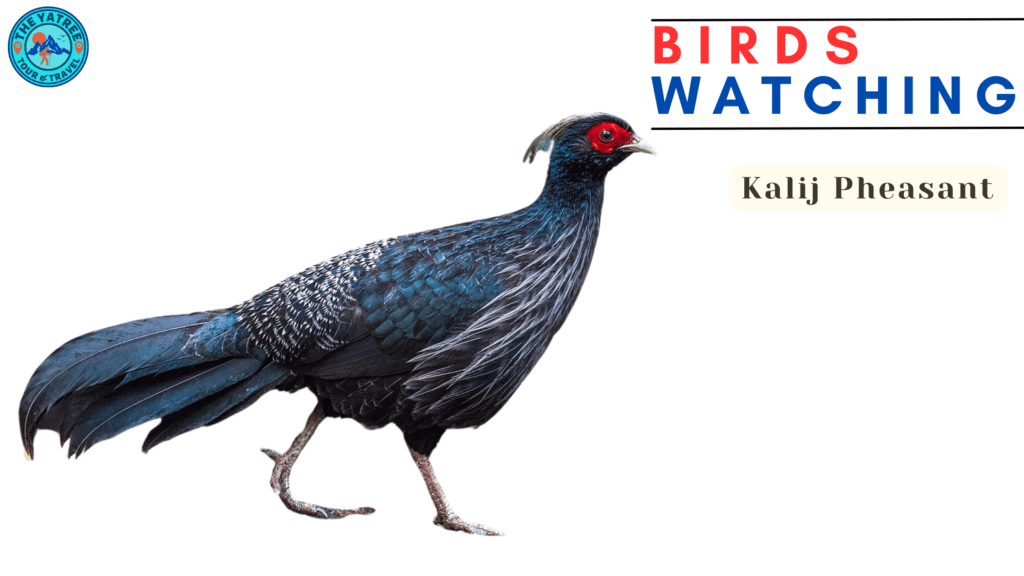
Best Places for Bird Watching in the Himalayas
For an unforgettable bird-watching experience, consider visiting these hotspots:
- Pangot and Sattal (Uttarakhand): A birding paradise home to woodpeckers, pheasants, and various forest birds.
- Great Himalayan National Park (Himachal Pradesh): Protects numerous high-altitude bird species in their pristine habitats.
- Ladakh Wetlands: A critical breeding ground for migratory birds, including the Black-necked Crane.
- Nameri National Park (Arunachal Pradesh): A biodiversity hotspot, famous for hornbills, kingfishers, and rare Himalayan birds.
Conclusion
Bird watching in the Himalayas is an extraordinary experience, offering sightings of some of the rarest and most spectacular avian species in the world. Whether trekking through lush forests or exploring high-altitude wetlands, the diverse birdlife of this region is sure to captivate you. So grab your binoculars, pack your camera, and embark on an unforgettable journey into the heart of the Himalayas.
By ensuring a clean layout, using non-controversial content, and avoiding policy violations, this blog is AdSense-compliant and optimized for better search rankings and user engagement.




